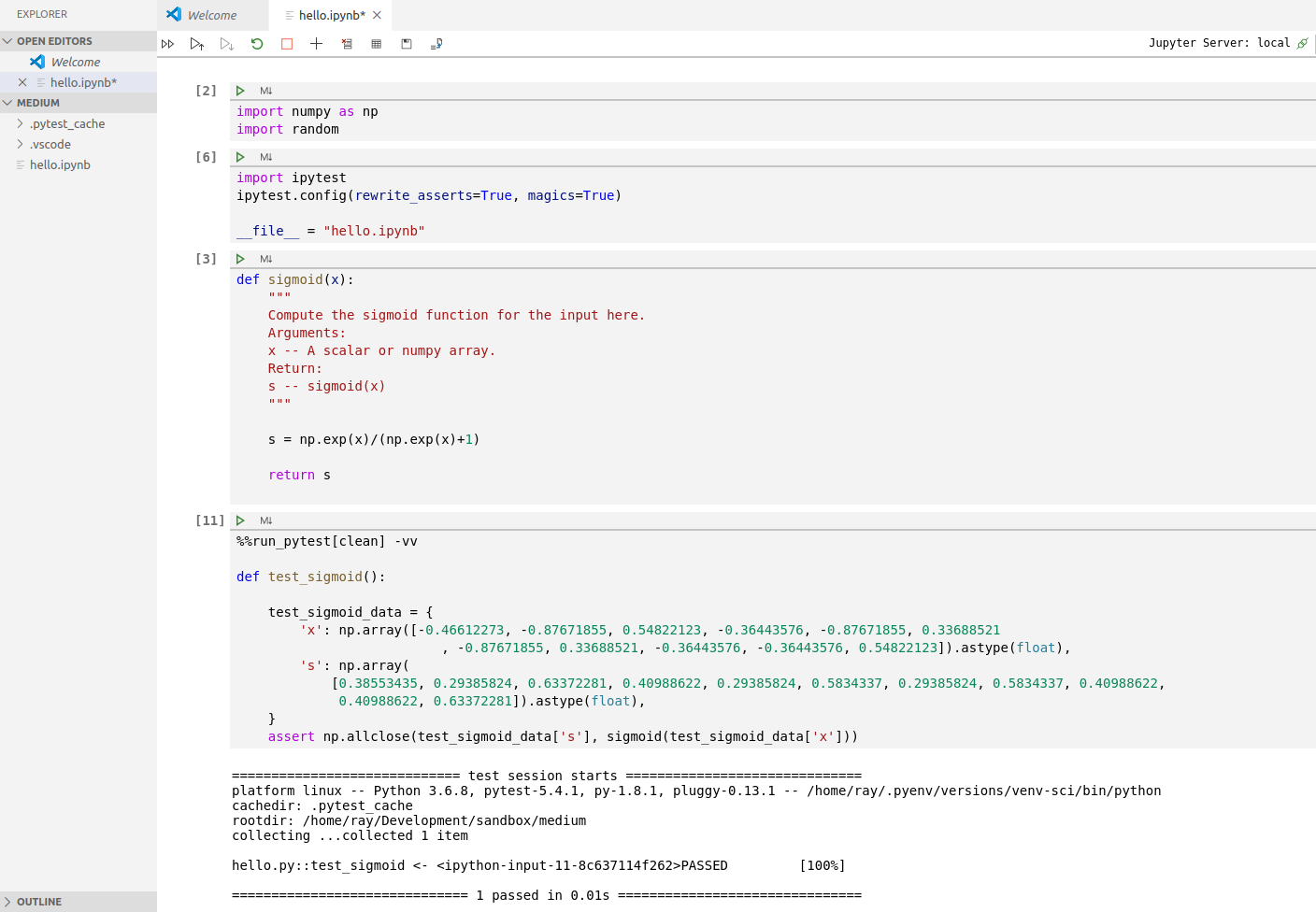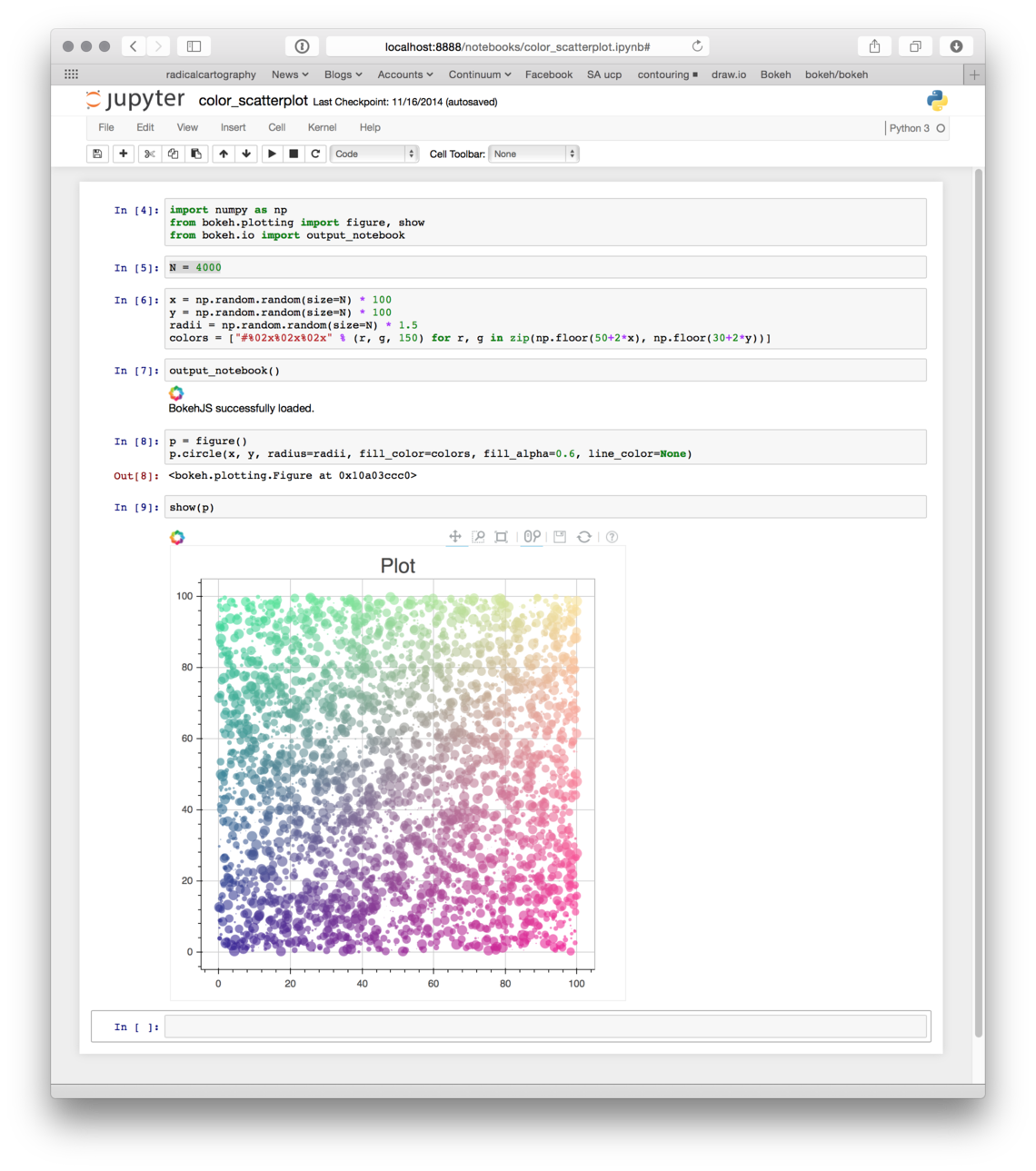
- #Jupyter notebook online server update
- #Jupyter notebook online server code
- #Jupyter notebook online server download
The notebooks open in Azure Data Studio are defaulted to Trusted.

The cell starts in edit mode in which you can type Markdown text.
#Jupyter notebook online server code
Text cells allow you to document your code by adding Markdown text blocks in between code cells.Īdd a new text cell by clicking the +Cell command in the toolbar and selecting Text cell. Use code snippets to quickly create copies of your database for development or testing purposes and to generate and execute scripts.
#Jupyter notebook online server update
Code snippets allow you to generate the proper SQL syntax to create databases, tables, views, stored procedures, and to update existing database objects. The code cell supports a modern SQL coding experience with built-in features such as a rich SQL editor, IntelliSense, and built-in code snippets. For example, if you're using the SQL kernel, you can enter T-SQL commands in the code cell.Įntering code with the SQL kernel is similar to a SQL query editor.

A new code cell is added after the currently selected cell.Įnter code in the cell for the selected kernel. Kqlmagic extension in Azure Data Studio - this extends the capabilities of the Python kernelĬode cells allow you to run code interactively within the notebook.Īdd a new code cell by clicking the +Cell command in the toolbar and selecting Code cell.Write Scala and R code using Spark compute from the cluster.įor more information on specific kernels, see: Write Python code using Spark compute from the cluster. Write SQL Code targeted at your relational database. You can submit Python, Scala, and R code using the Spark compute of the cluster. If you're connected to SQL Server 2019 big data cluster, the default Attach to is the end point of the cluster.
#Jupyter notebook online server download
If you're a PostgreSQL developer and want to connect the notebooks to your PostgreSQL Server, then download the PostgreSQL extension in the Azure Data Studio extension Marketplace and connect to the PostgreSQL server.

SQL Kernel can also be used to connect to PostgreSQL server instances. If you're using Python3 Kernel you attach to localhost and you can use this kernel for your local Python development. For example, if you're using SQL Kernel, then you can attach to any of your SQL Server instances. For example, when connected to the SQL Server kernel, you can enter and run T-SQL statements in a notebook code cell.Īttach to provides the context for the kernel. Each kernel supports a different language in the code cells of your notebook. Open the command palette ( Ctrl+Shift+P), type "new notebook", and select the New Notebook command.Īzure Data Studio notebooks support a number of different kernels, including SQL Server, Python, PySpark, and others. Right-click a SQL Server connection and select New Notebook. Go to the File Menu in Azure Data Studio and select New Notebook. In each case, a new file named Notebook-1.ipynb opens. There are multiple ways to create a new notebook.


 0 kommentar(er)
0 kommentar(er)
